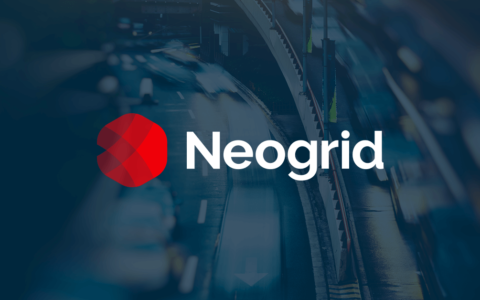
VMI relationships are designed to optimize the performance of the supply chain by helping manufactures better maintain the inventory levels of the distributor. The VMI is stored at the point of use with the customer, but ownership does not pass until the item is either drawn upon or consumed.
Buyers and sellers share organization data in such a way that the buying organization generates and sends all purchase orders while the selling organization receives a series of updates on what items the buying organization has consumed, how much of those items have been consumed, what stock levels they currently have, and so on. Using this information, the seller can then make informed decisions of what stocks to replenish and when.
It’s a simple but highly beneficial arrangement when executed properly. Given that the seller can view the buyer’s stock, it becomes easy to create and maintain an inventory plan that suits that buyer.
- Benefits to OEMs and sellers
Since the seller is able to access buyer data relating to the point of sale, they can forecast demand more easily which in turn helps with inventory management.
Also, stock levels held by the buyer are highly visible, leading to fewer errors within the process. This helps manufacturers better meet customer demands.
Then, VMIs also allow sellers to prioritize demands for stock levels. In highly transparent VMI relationships, a seller is in a position to anticipate demand before it is even apparent to the buyer.
(Learn more about NeoGrid’s VMI Solutions and how we can help you optimize your order and logistics processes.)
- Benefits to buyers
One of the more obvious benefits here is the fact that with a VMI arrangement in place, buyers effectively pass all costs of inventory planning and ordering to the manufacturer, leading to lower operational costs.
Additionally, because stock is managed optimally, the buyer experiences fewer out-of-stock incidences. There is also a decrease in capital tied up in inventory, which means that the inventory is more cost efficient.
The other benefit is that the seller will be working hard to improve fill rates with regards to stock, which in turn increases flow and ensures that the end customer receive their orders efficiently.
Summary
In a nutshell, it’s an excellent arrangement for both sellers and buyers. If everyone plays their role, the mutual desire to succeed can be a key driver for growth.
Want to learn the latest news and industry insights from NeoGrid? Subscribe to the NeoGride Supply Chain Blog and receive weekly informative updates about everyday issues of business, industry trends, success stories and more.





